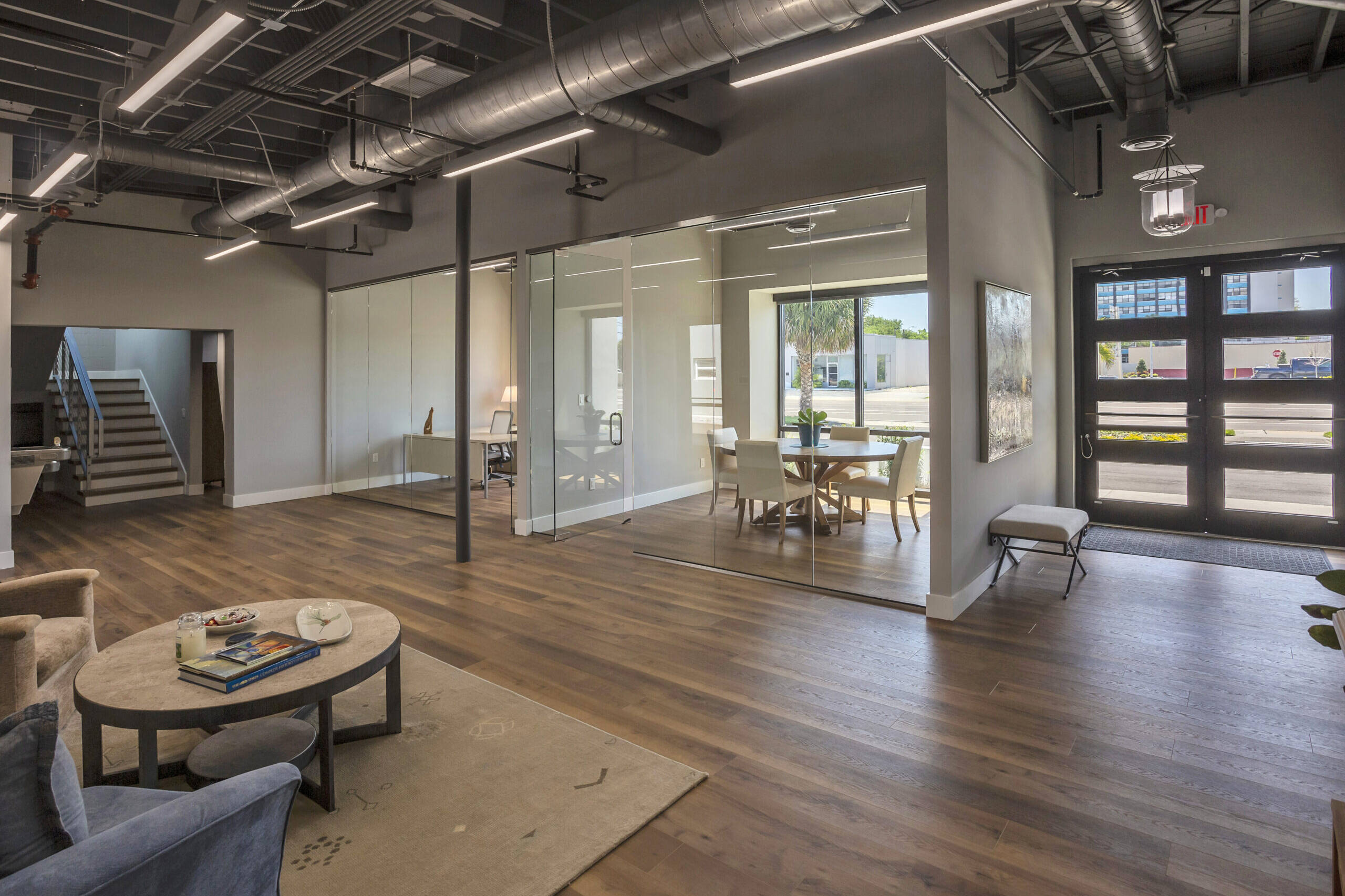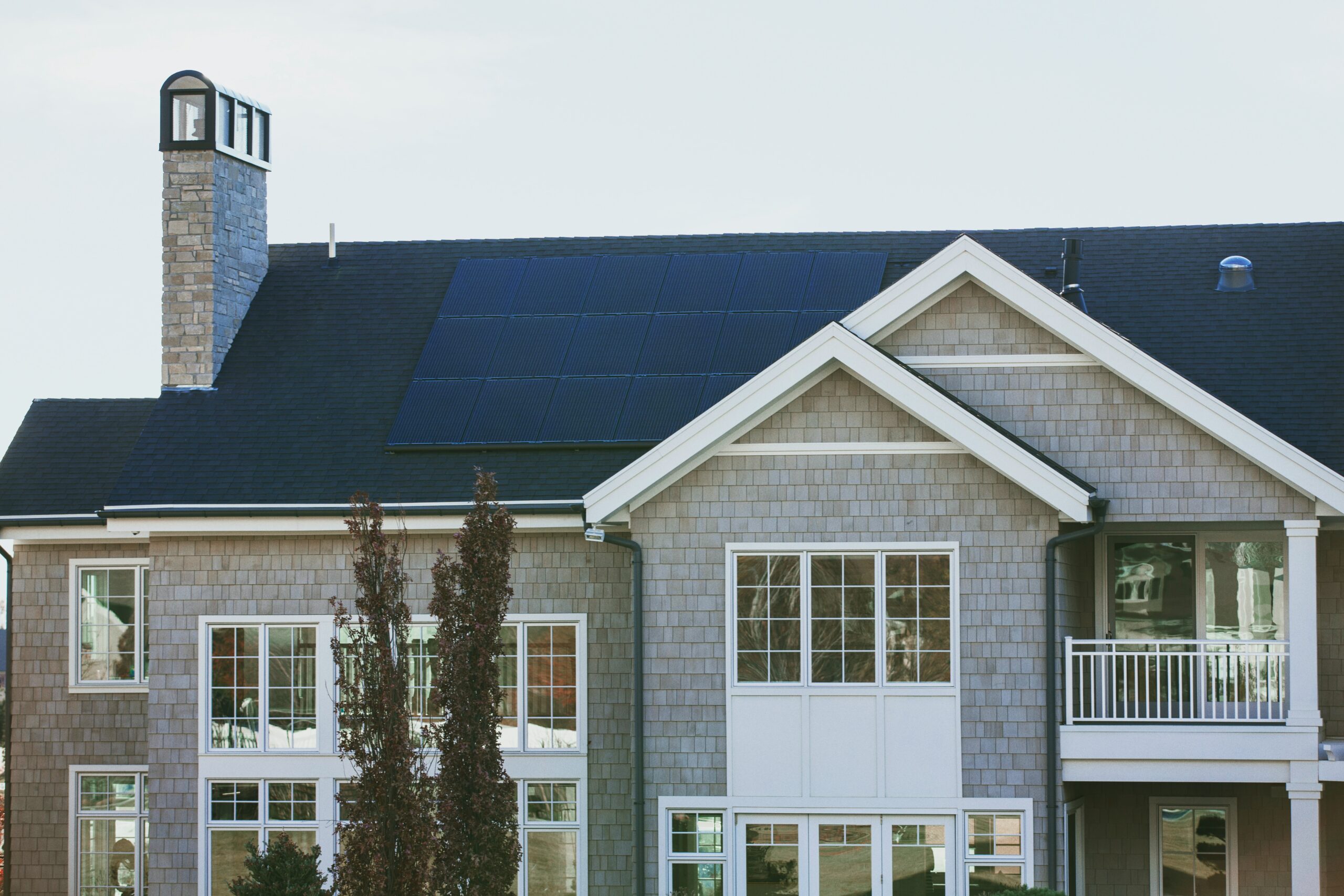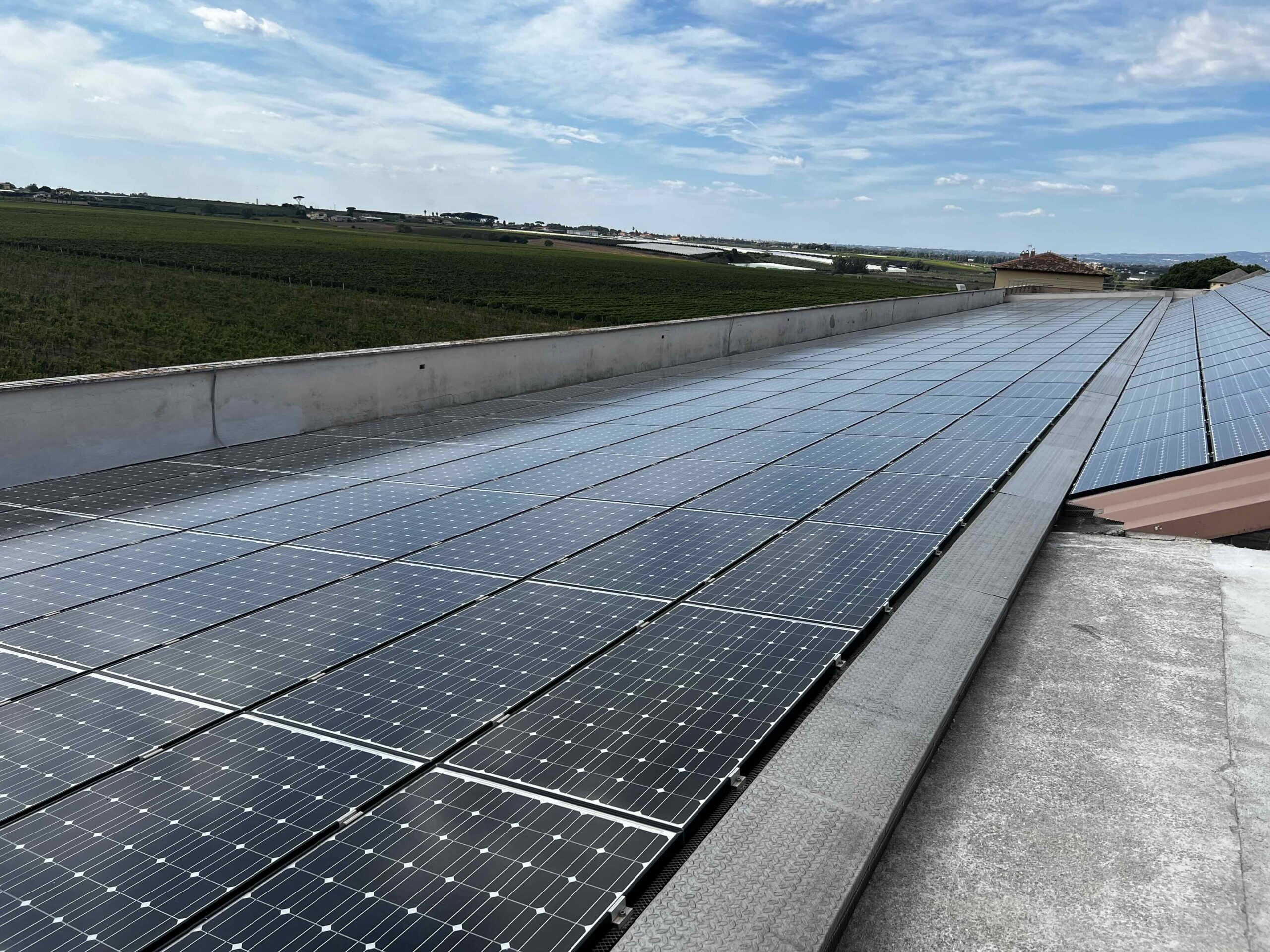Chapter 3: Essential Steps for Planning a Successful Retrofit
A successful retrofit isn’t an overnight miracle—it’s the product of careful planning and execution. Knowing where to begin can be overwhelming, but we’re here to guide you through the essential steps of planning a successful retrofit.
- Conducting an Energy Audit: The first step in planning a retrofit is understanding the current state of your building. An energy audit can help identify opportunities for improvement by assessing how and where energy is used in your building.
- Setting Sustainability Goals: Once you have the energy audit results, it’s time to set your sustainability goals. These should be realistic, achievable, and aligned with your broader property management strategy.
- Creating a Retrofit Plan: With your goals in mind, you can now develop a detailed retrofit plan. This involves identifying the specific changes you’ll make, estimating costs, and determining the timeline and method for the work.
- Assembling Your Team: Retrofits are team efforts. You’ll need diverse professionals, including architects, energy consultants, and contractors. Choose individuals and companies with proven expertise in sustainable retrofits.
You’re prepared to move forward once your retrofit plan is ready and your team is assembled. However, the planning doesn’t stop here. You must manage your budget, communicate effectively with your team throughout the retrofit process, and handle unexpected challenges.
In the next chapter, we’ll look at the elements of a sustainable retrofit, exploring everything from essential upgrades to comprehensive deep retrofits.
Further information to explore:
- The Department of Energy offers a comprehensive guide to conducting energy audits: https://www.energy.gov/energysaver/home-energy-assessments
- Seattle’s Bullitt Center is a prime example of a deep retrofit done right. Read about their journey here: https://bullittcenter.org/
- The International Living Future Institute provides excellent resources and certifications for sustainable buildings: https://living-future.org
Greg Totten
CGC 1529916 · LEED AP BD+C
(727)-386-9480
Share
Related Posts
February 21, 2024
Shaping the Future with Retrofitting Innovations
Chapter 6: Shaping the Future with Retrofitting Innovations
February 11, 2024
Navigating the Challenges of Retrofitting: From Planning to Execution
Chapter 5: Navigating the Challenges of Retrofitting: From Planning to…




